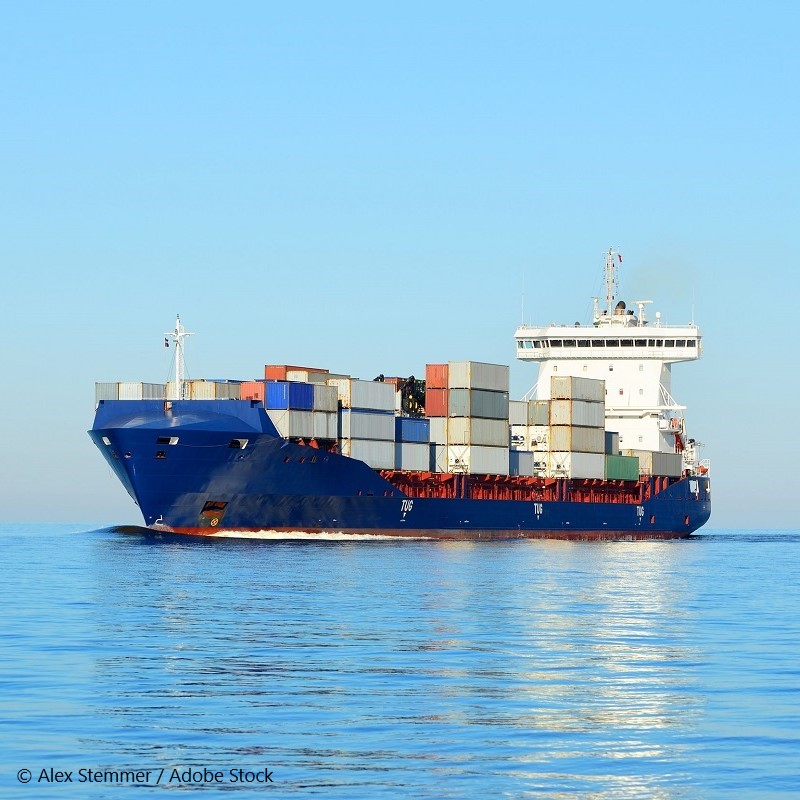20.03.2020
The coronavirus is continuing to restrict shipping - does maintaining the movement of goods fail due to port closures and increasingly difficult crew changes?

The COVID-19 pandemic continues to affect companies and people worldwide. Various companies are organising teleworking, car manufacturers are shutting down or temporarily suspending production, countries are closing their borders and the shipping market is also continuing to struggle with the impact of the virus. Freight traffic in China is experiencing a slight recovery, but this might make it difficult to cushion the slump in other parts of the world, particularly as it is becoming more difficult to maintain the "maritime" supply chain.
Crisis-ridden Libya became the first country to announce the closure of its ports from March, 23 as a protective measure against the coronavirus. Although some ports have already been closed due to the ongoing conflict, there has not yet been a complete closure of the country's ports.
Australia has now also introduced a 14-day entry ban for ships in the states of Queensland and New South Wales. Exceptions are only made for vessels that have been at sea for at least 14 days since their last port of call, so this measure mainly concerns trade with the Asiatic region.
However, Great Britain is also keeping the option open to close ports in the period to come. The draft emergency regulation explicitly provides for the option to close ports. This is to be exercised if a majority of the local police and customs officers have fallen ill with the coronavirus and therefore the port operating procedures can no longer be guaranteed.
China is extending its precautionary measures in many ports. As the number of newly infected people in the country is now declining, the Government is aiming at preventing a second wave of coronavirus at all cost. As a result, ships are now only allowed to dock in many Chinese ports if the ship and all crew members have not been in a risk country for at least 14 days. China lists Germany, Great Britain, the Netherlands, Denmark, Italy, France, Spain, Iran, South Korea, Japan, amongst others as risk countries. The biggest problems will probably also be in intra-Asia traffic here.
The shipping lines face the challenge of adjusting their schedules so that the ships concerned are allowed to dock in the respective countries. This challenge will become increasingly difficult to meet as the number of risk countries increases. The impact on land-based supply chains is obvious.
During crew changes, it is important to prevent symptom-free but infected seafarers from boarding the ship. But even if this were hypothetically guaranteed, the crew member would generally have to fly to a distant crew change port. However, flights are being cancelled worldwide and airlines are massively reducing their operations. The booking of the necessary flights which is simply in normal times thus becomes an obstacle for a crew change.
Maersk also came to this conclusion and postponed all crew changes for the next four weeks. However, whether and for how long it is legally possible to keep a crew member on board for a longer period of time and whether, in important cases, this may be implemented without the consent of the crew member concerned seems questionable. A one-time extension should not be a problem in most cases. Above and beyond that, there is a grey area and agreements with the respective flag state and the ITF trade union are required. Sooner or later practical problems will also arise, since motivation understandably does not increase after several weeks or even months on board and a seafarer's understanding of everything that is now necessary due to the virus is likely to be even less pronounced than that of people who "only" have to stay at home.

Dr Benjamin Hub
Partner
Hamburg
benjamin.hub@luther-lawfirm.com
+49 40 18067 12182